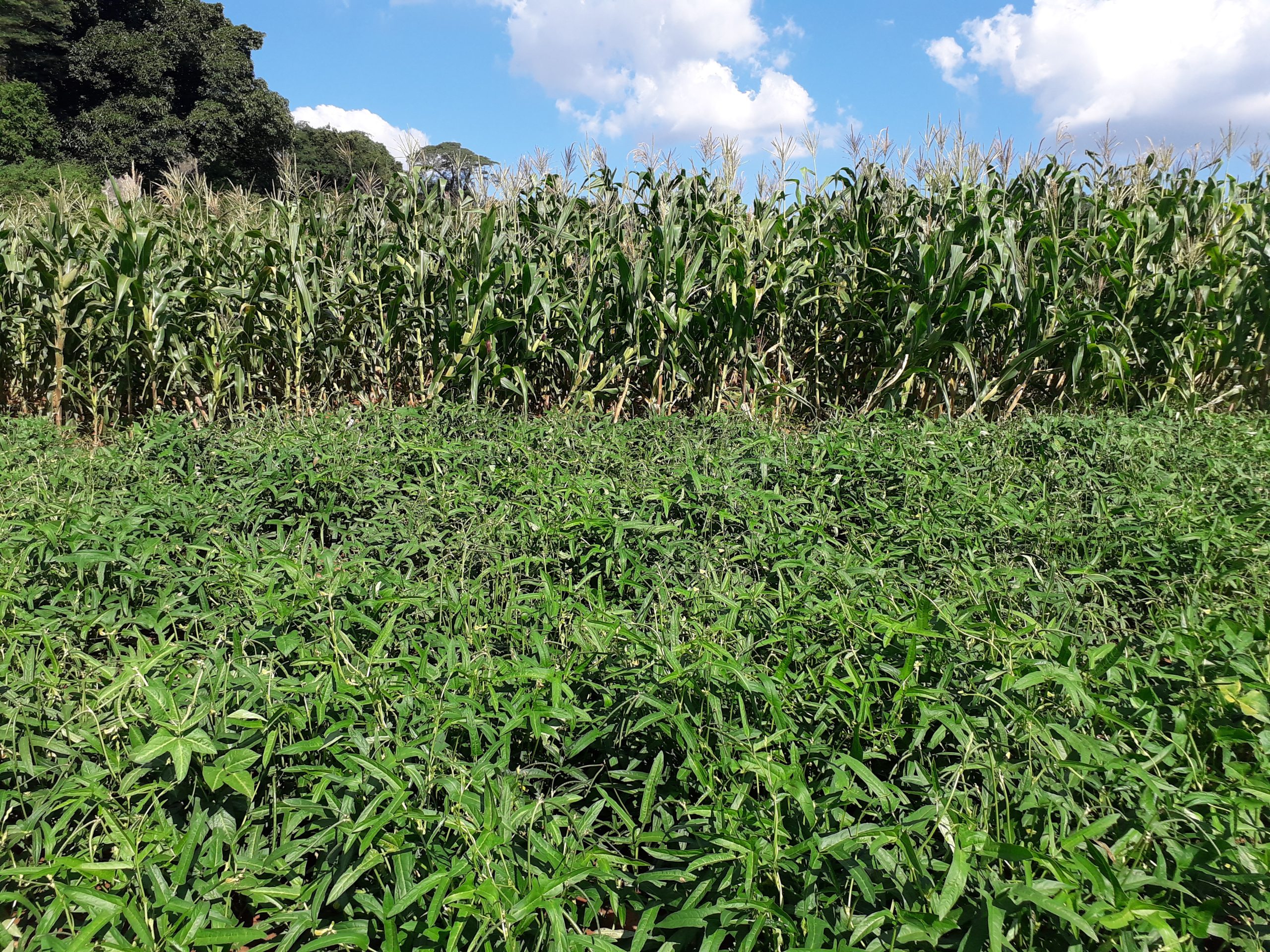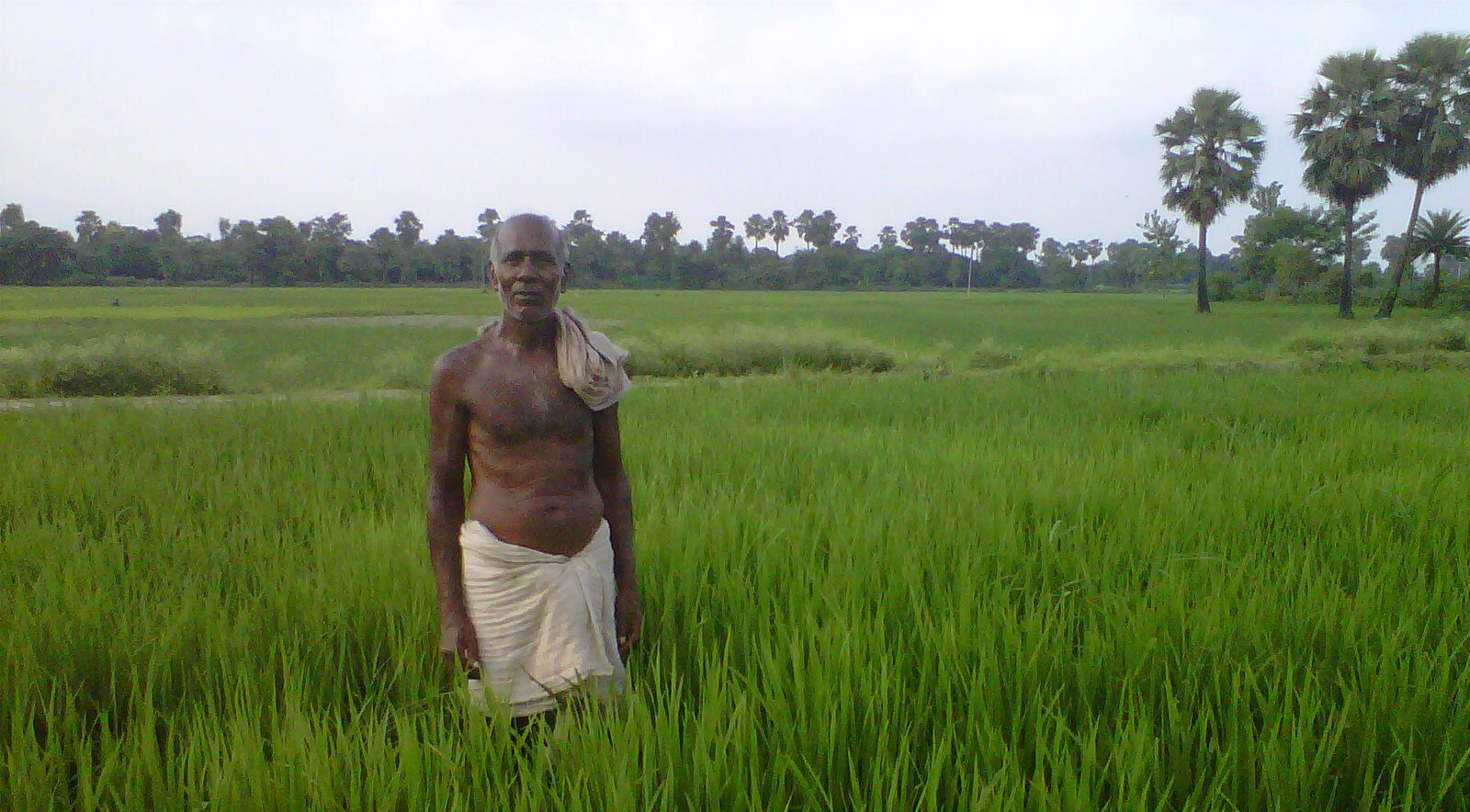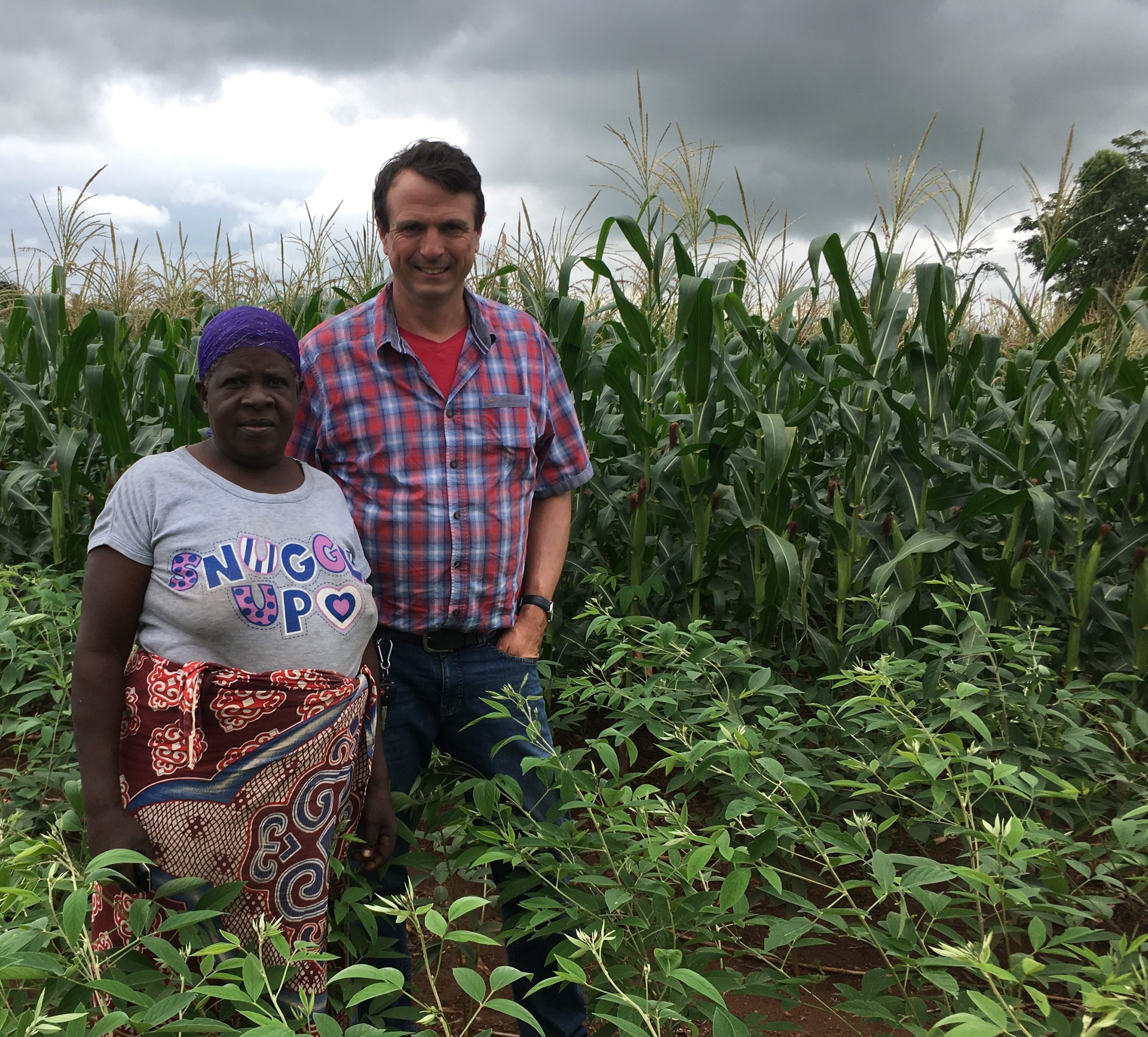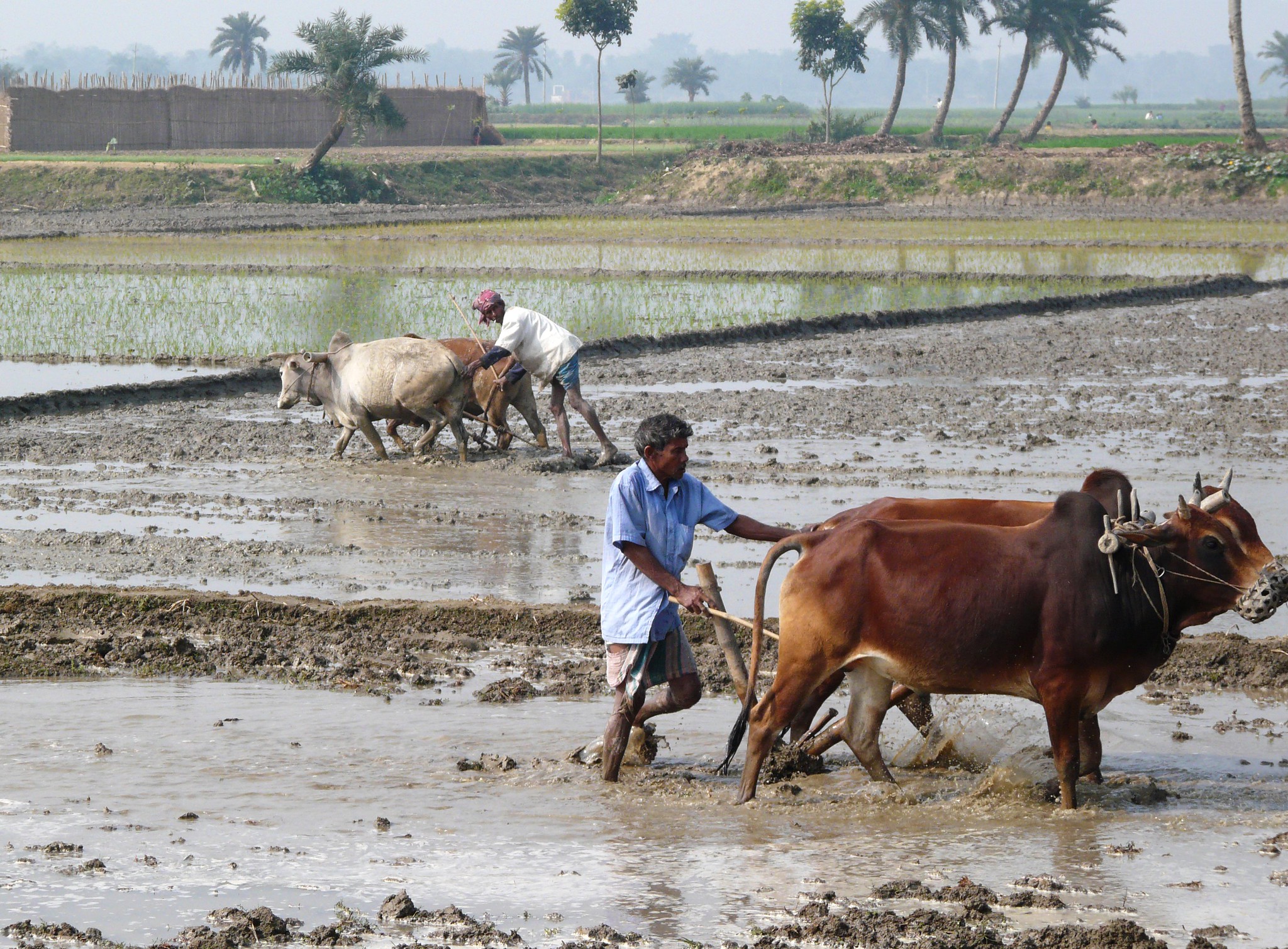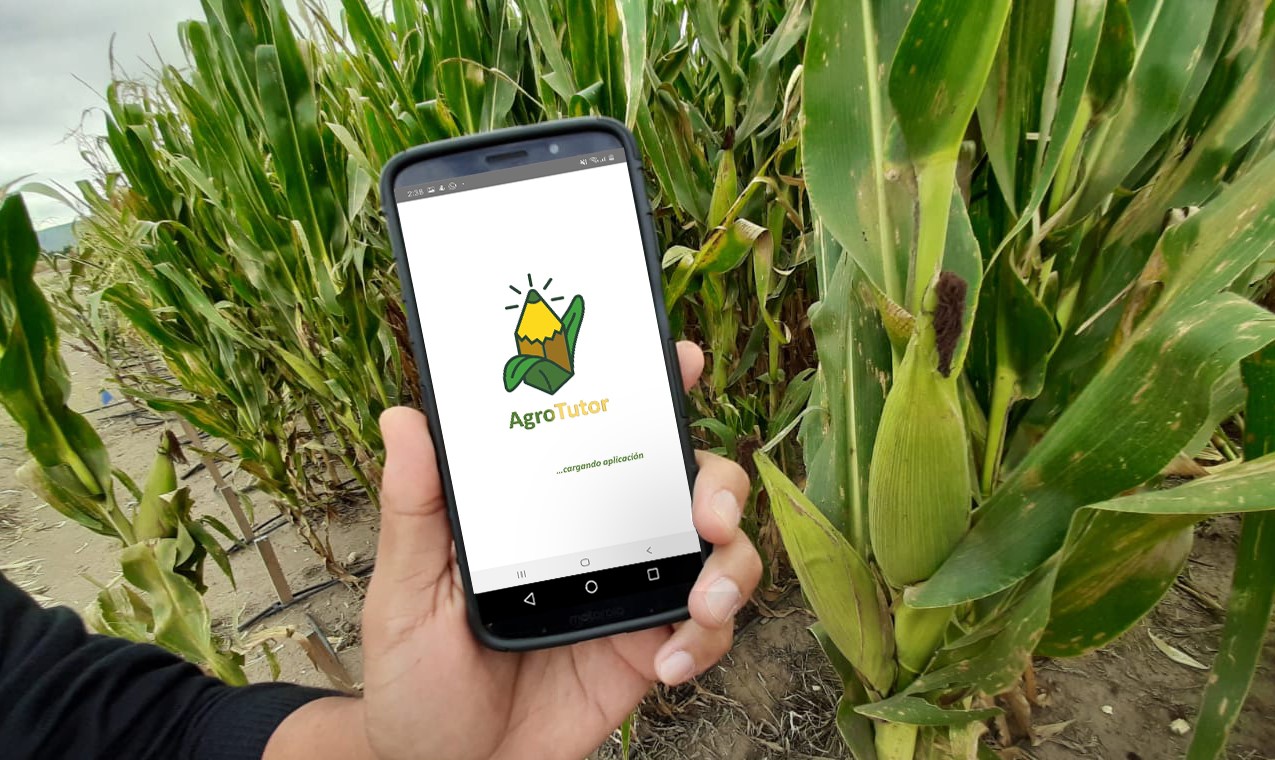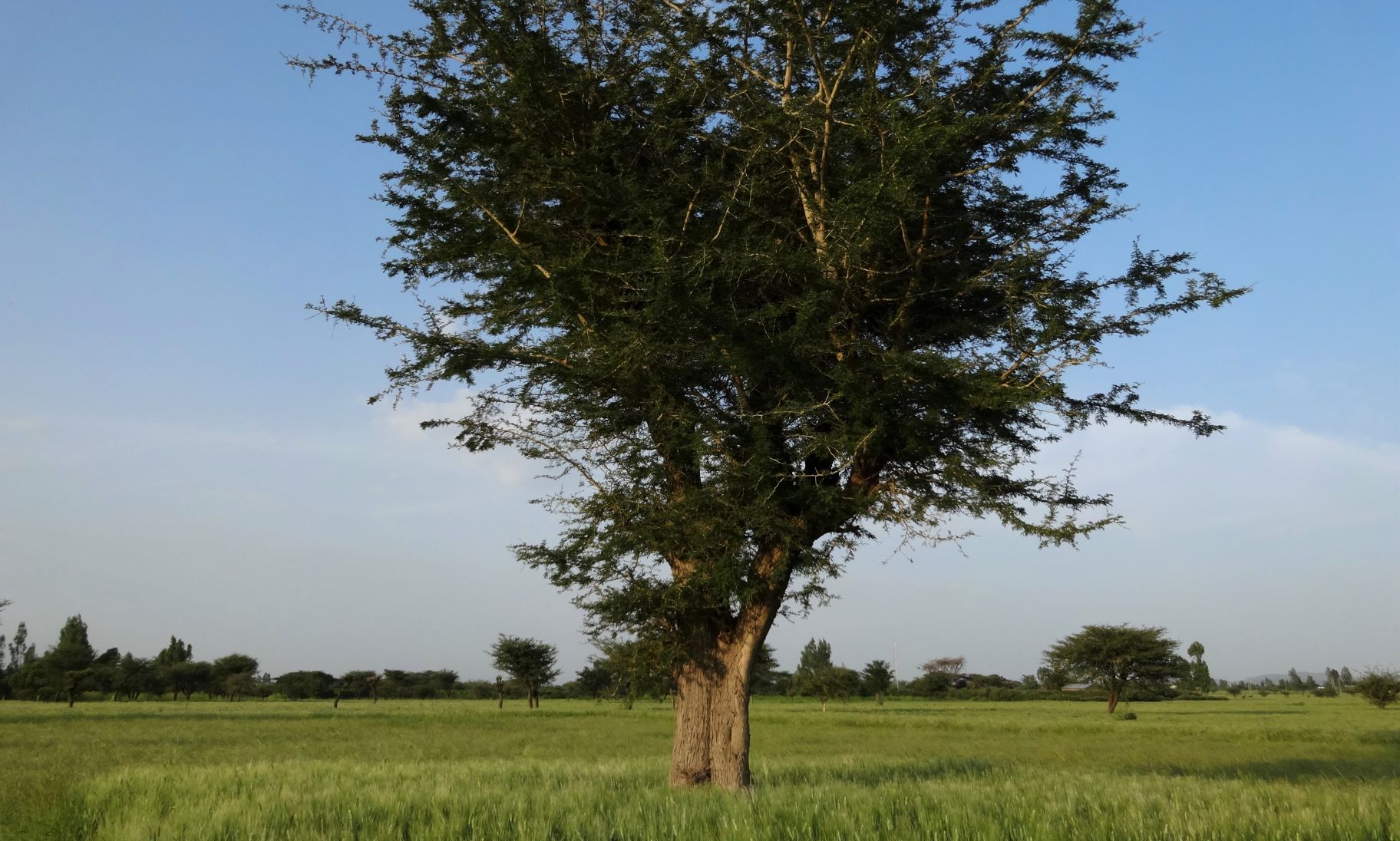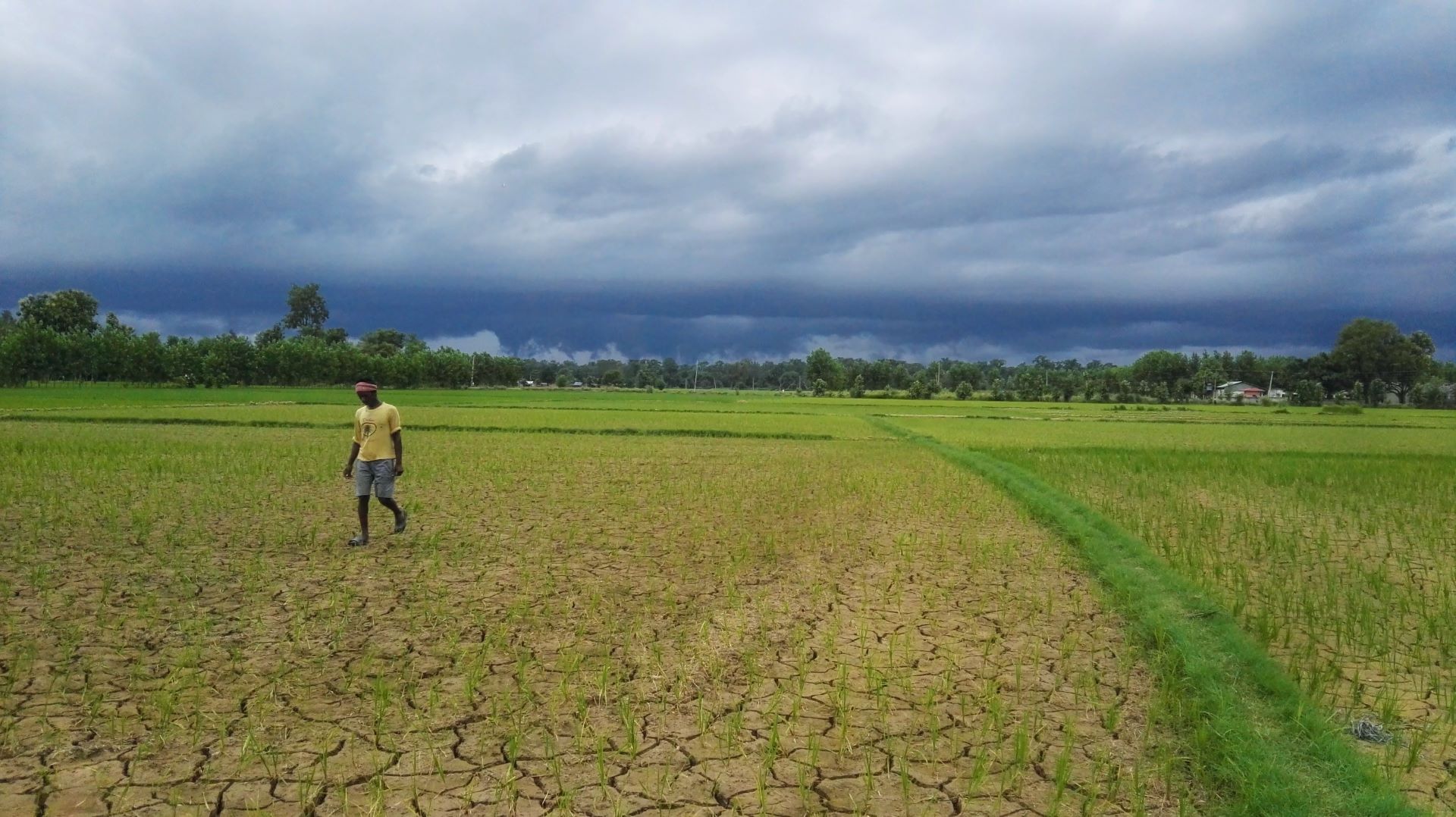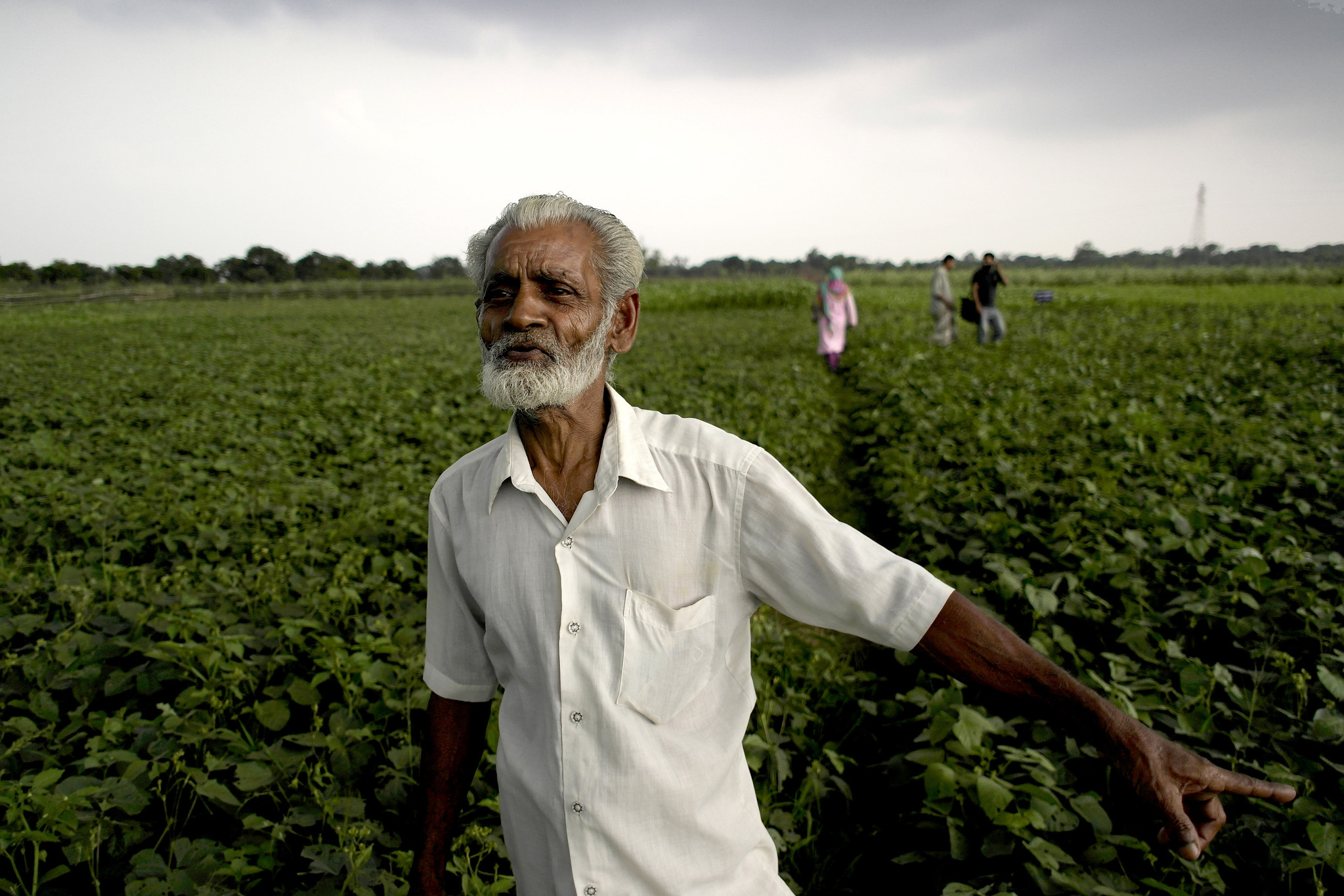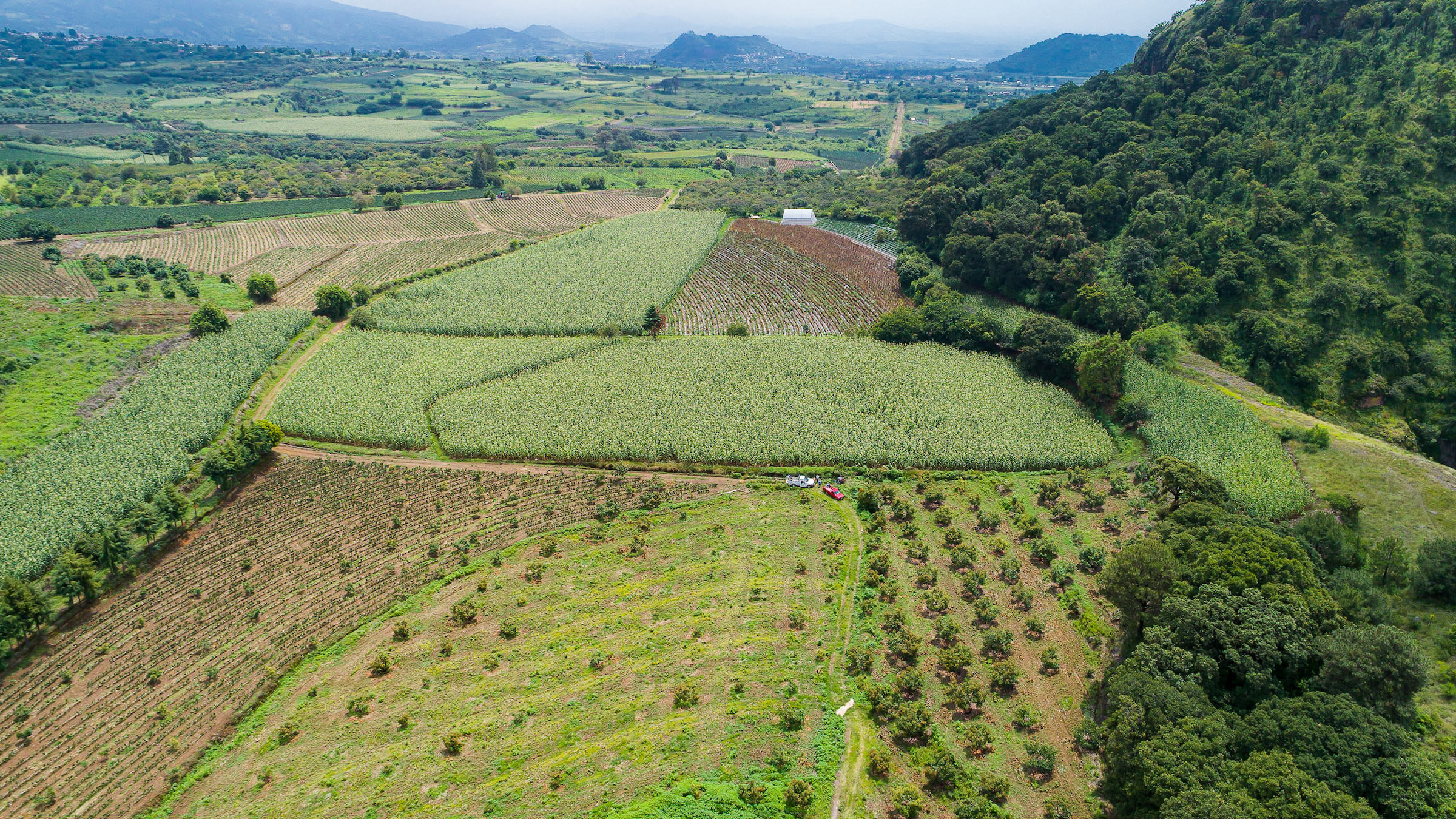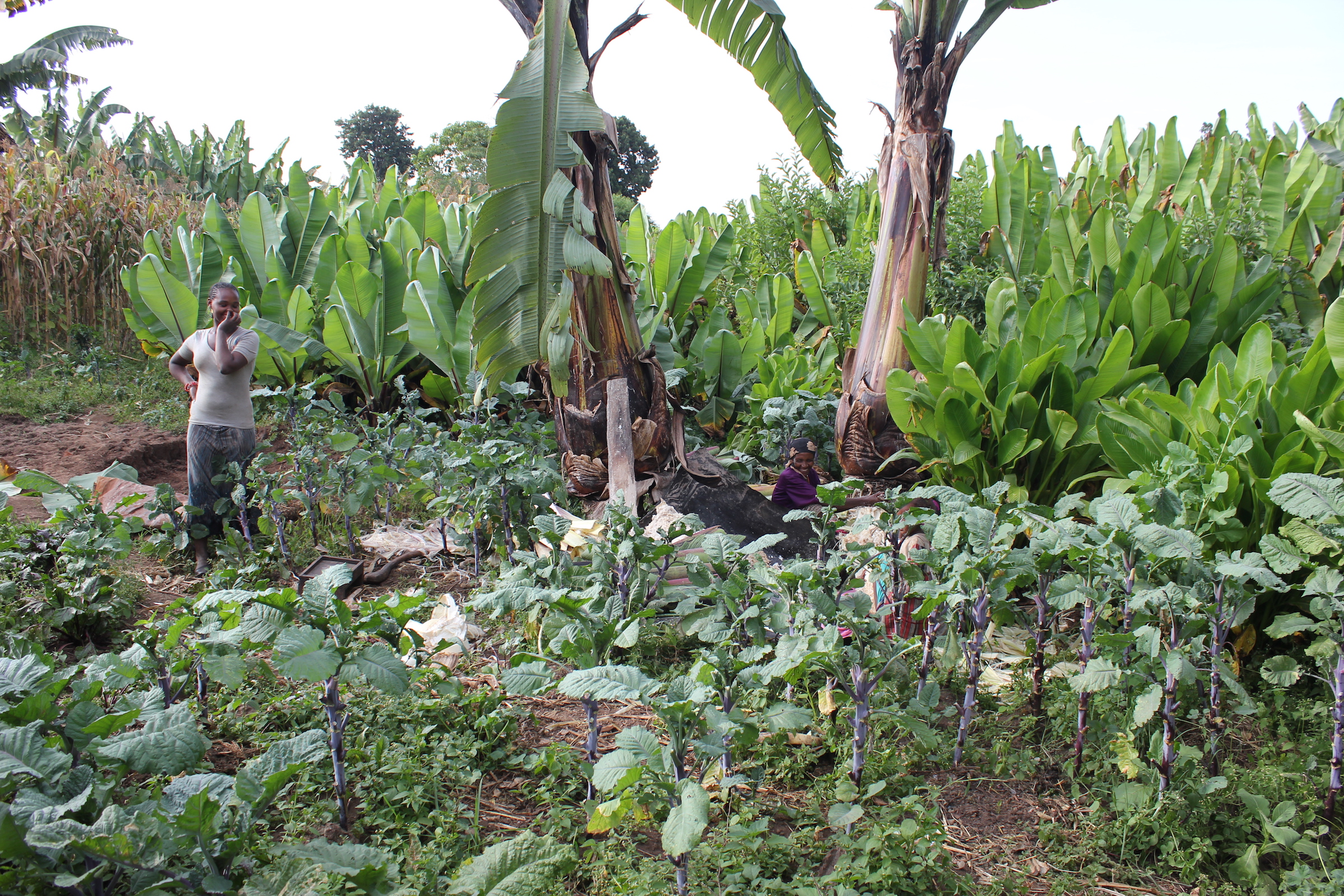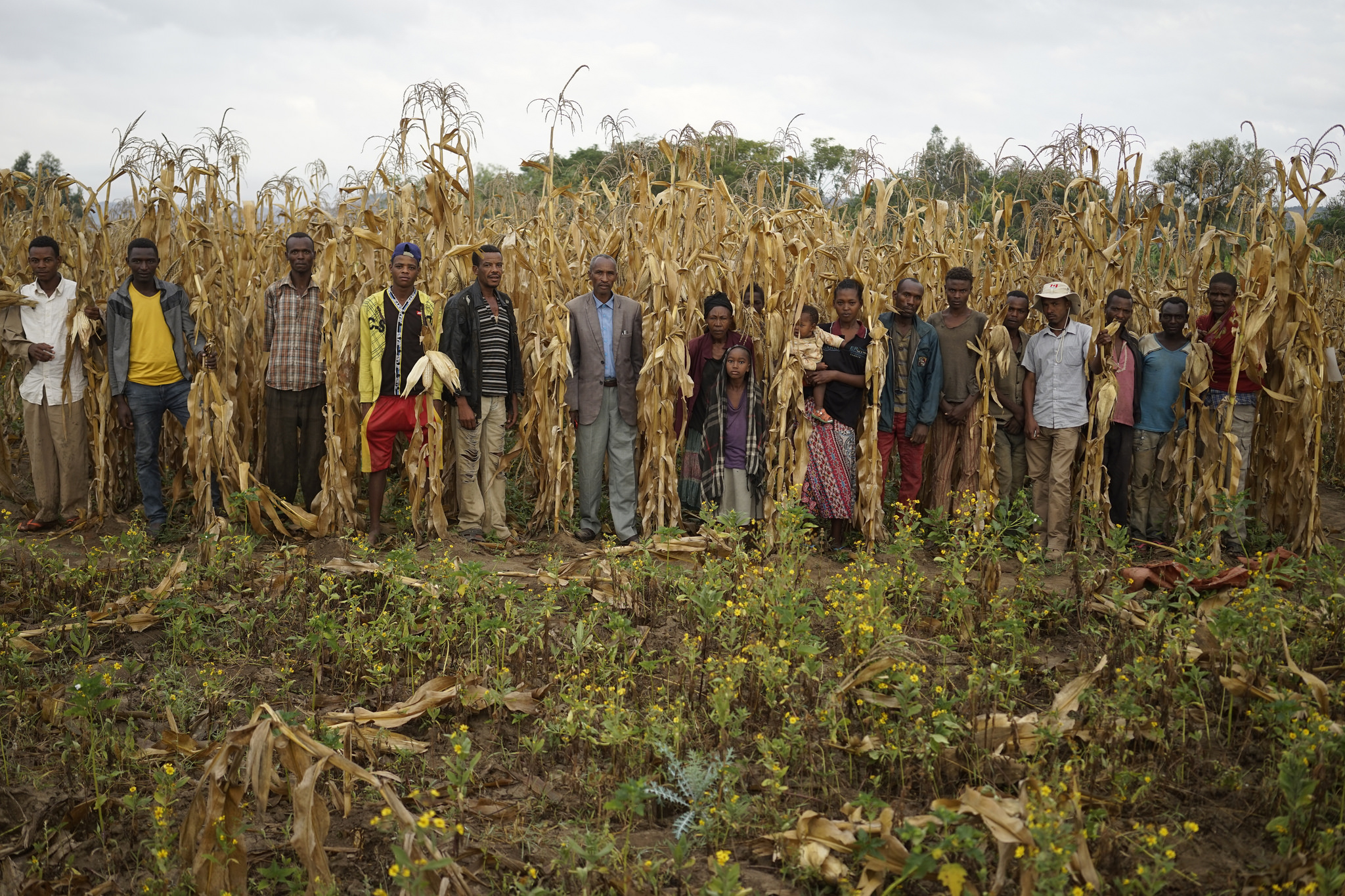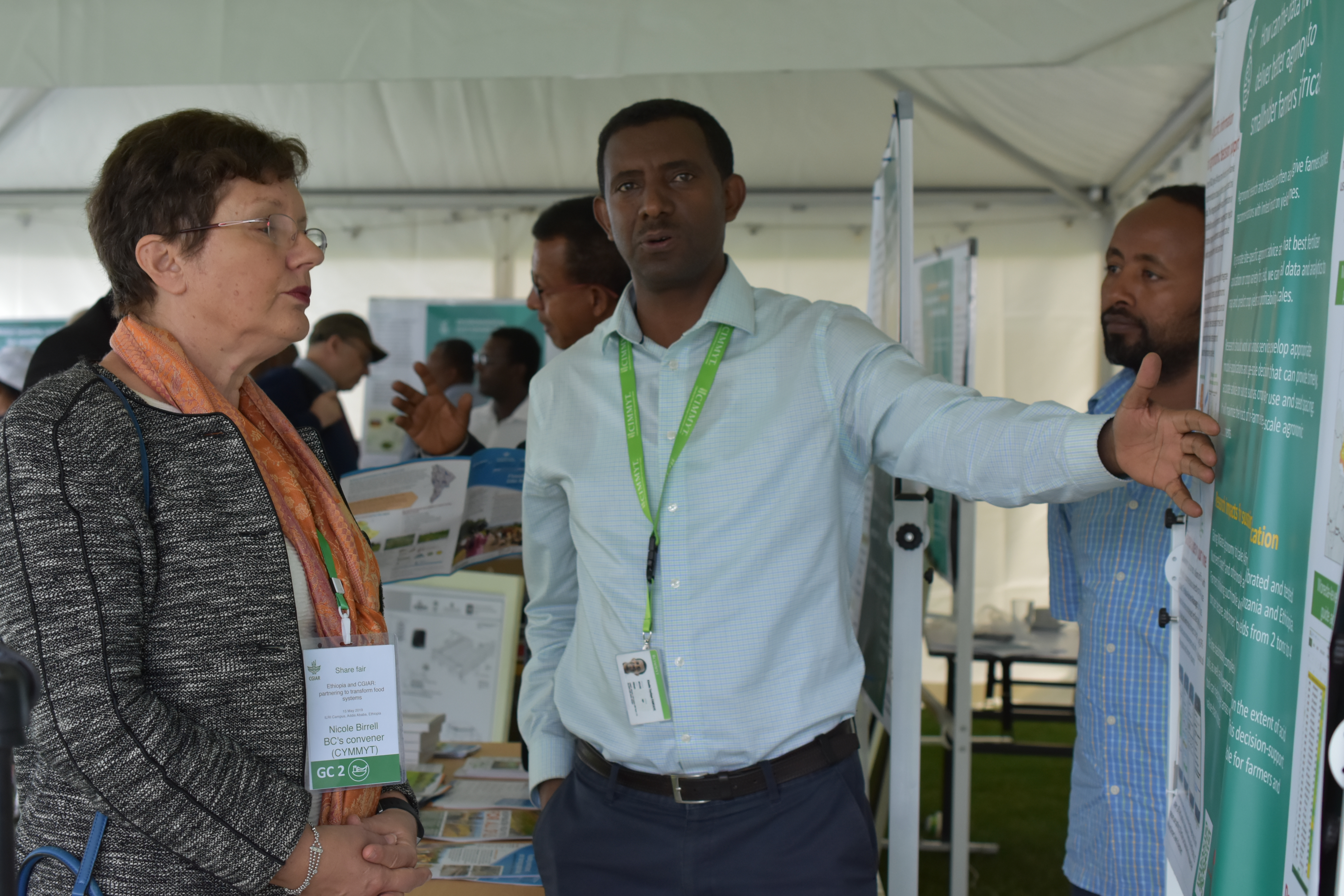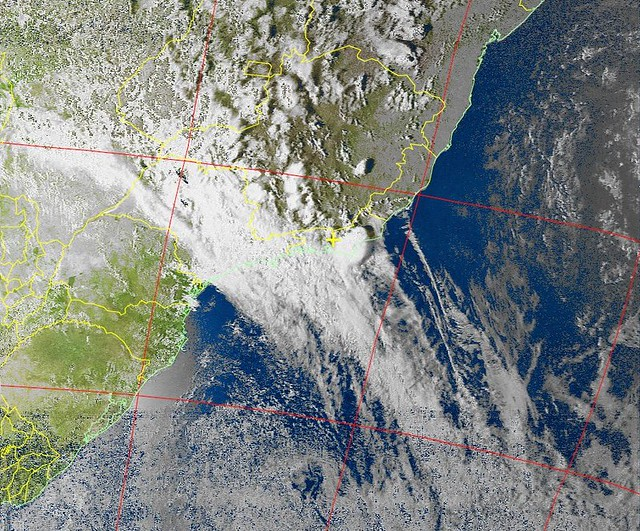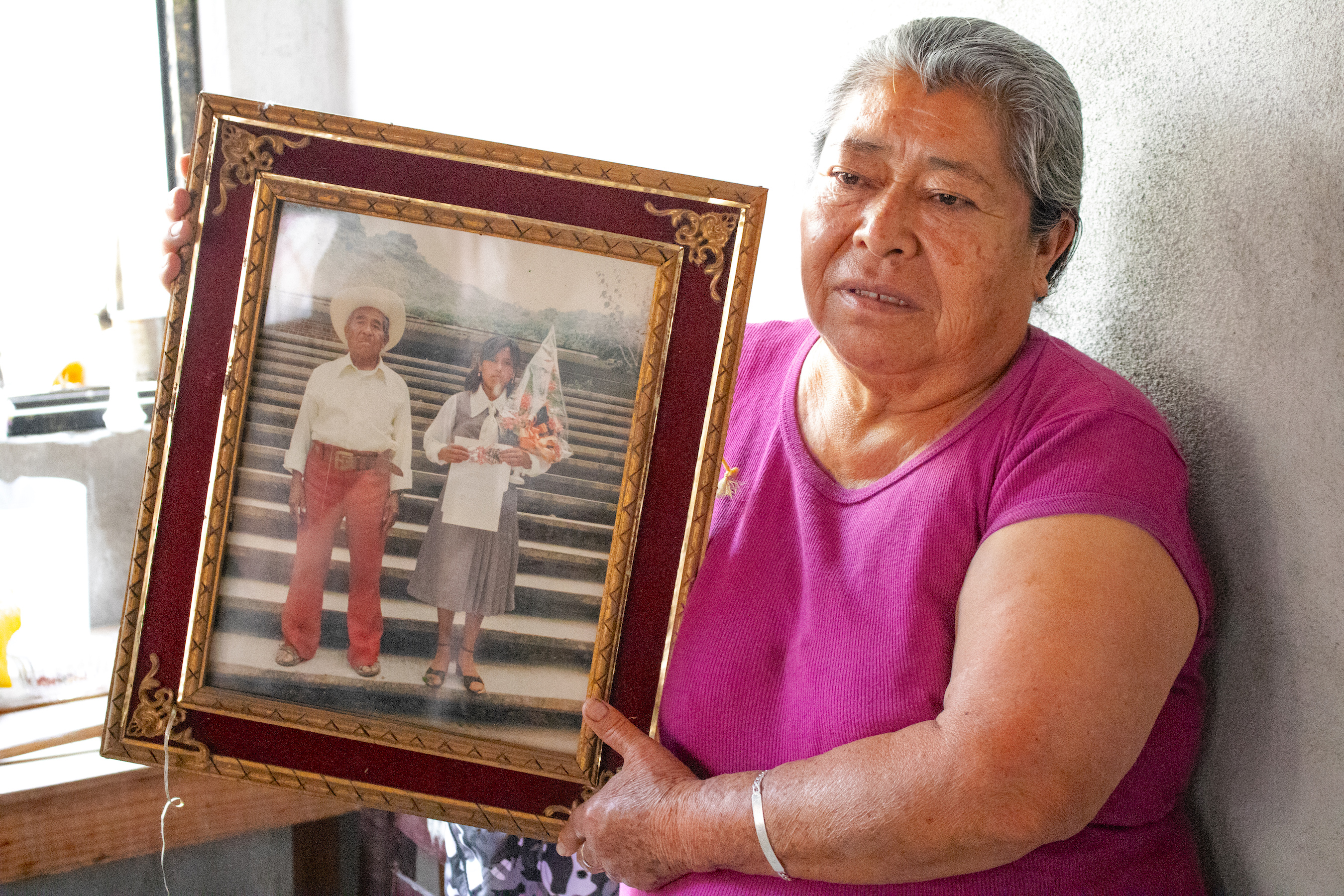Wageningen University
In sub-Saharan Africa, mineral fertilization and agroecology are not incompatible
 Environmental health and biodiversity
Environmental health and biodiversity
Should mineral fertilizer use be increased in sub-Saharan Africa? A team of African and European agronomists* provide a nuanced response to this question in an article published in Outlook on Agriculture. Their analysis is based on a review of the existing scientific literature and on years of field experience in sub-Saharan Africa.
Sustainability of rice production in the Northwestern Indo-Gangetic Plains
 Climate adaptation and mitigation
Climate adaptation and mitigation
Scientists determine nitrogen use could be reduced without impacting rice yields for sustainability of rice production in Northwestern Indo-Gangetic Plains.
Ecological farming a boon for staple crop farmers in Africa, new study finds
 Environmental health and biodiversity
Environmental health and biodiversity
Cropping diversity, soil-enriching crops, and adding organic material to soils can boost food-crop yields for farmers who can’t apply fertilizer.
Soil scientists and stakeholders reflect on progress and impacts of CIMMYT-Rwanda partnership for soil health
 Environmental health and biodiversity
Environmental health and biodiversity
“Strong partnership” highlighted as CIMMYT and the Rwanda Agriculture and Animal Resources Development Board review progress in managing acid soil.
A climate-smart remodeling of South Asia’s rice-wheat cropping is urgent
 Environmental health and biodiversity
Environmental health and biodiversity
Multiple studies show conventional farming practices degrade soils, deplete aquifers and feed rampant greenhouse gas emissions.
Digital revolution can transform agri-food systems
 Innovations
Innovations
As the world becomes increasingly digital, the international agricultural research-for-development sector needs to keep up.
Matching nutrients to agroforestry systems for greater maize and wheat yields
 Innovations
Innovations
Case studies from Ethiopia and Rwanda show adaptable fertilizer rates may help tree-based smallholder farmers, thus providing them with options to cope with COVID-19-imposed fertilizer shortages.
Supporting smallholder farmers to better combat drought
 Climate adaptation and mitigation
Climate adaptation and mitigation
CSISA project suggests pathways to remove barriers inhibiting full use of groundwater irrigation infrastructure in Nepal’s Terai region.
Bringing landraces back home, 50 years later
 Nutrition, health and food security
Nutrition, health and food security
Half a century earlier, scientists collected and preserved samples of maize landraces in Morelos, Mexico. Now, descendants of those farmers were able to get back their ancestral maize seeds and, with them, a piece of their family history.
‘Sharing’ or ‘sparing’ land?
 Environmental health and biodiversity
Environmental health and biodiversity
How can we feed more people while protecting nature and biodiversity?
New publications: Understanding changes in farming systems to propose adapted solutions
 Gender equality, youth and social inclusion
Gender equality, youth and social inclusion
Researchers identify national policies, climate and soil fertility changes, population increase, and urban expansion as the major drivers of farming systems change in the Hawassa area of Ethiopia.
Research, innovation, partnerships, impact
 Innovations
Innovations
Knowledge share fair highlights CGIAR contributions to the Ethiopian agriculture sector.
Space data applications for wheat and maize research
 Innovations
Innovations
How can space technology help improve maize and wheat production? CIMMYT joined a group of international data users in a recent project to find out.
Tracing maize landraces, 50 years later
 Environmental health and biodiversity
Environmental health and biodiversity
Scientists track down the families in Morelos, Mexico, who donated maize landraces to CIMMYT in 1966-67. Would they still be cultivating them?
